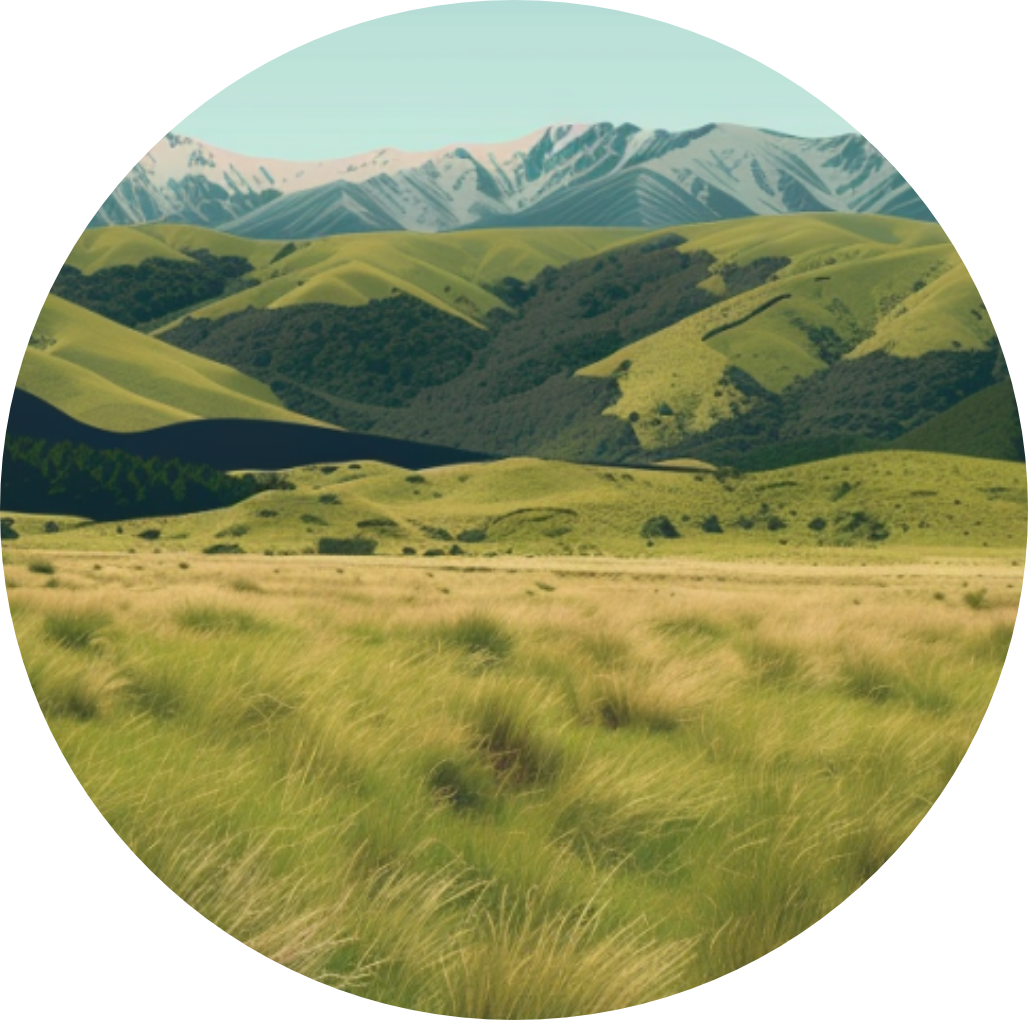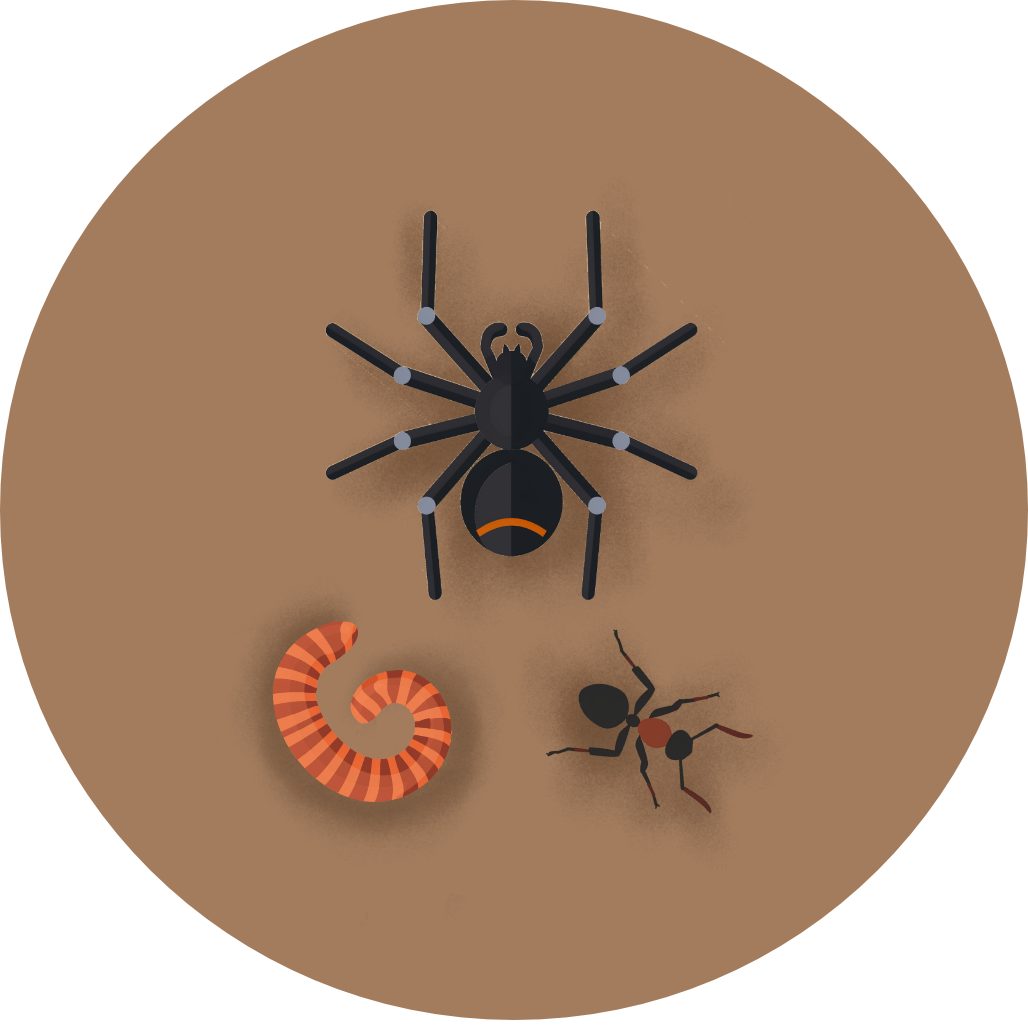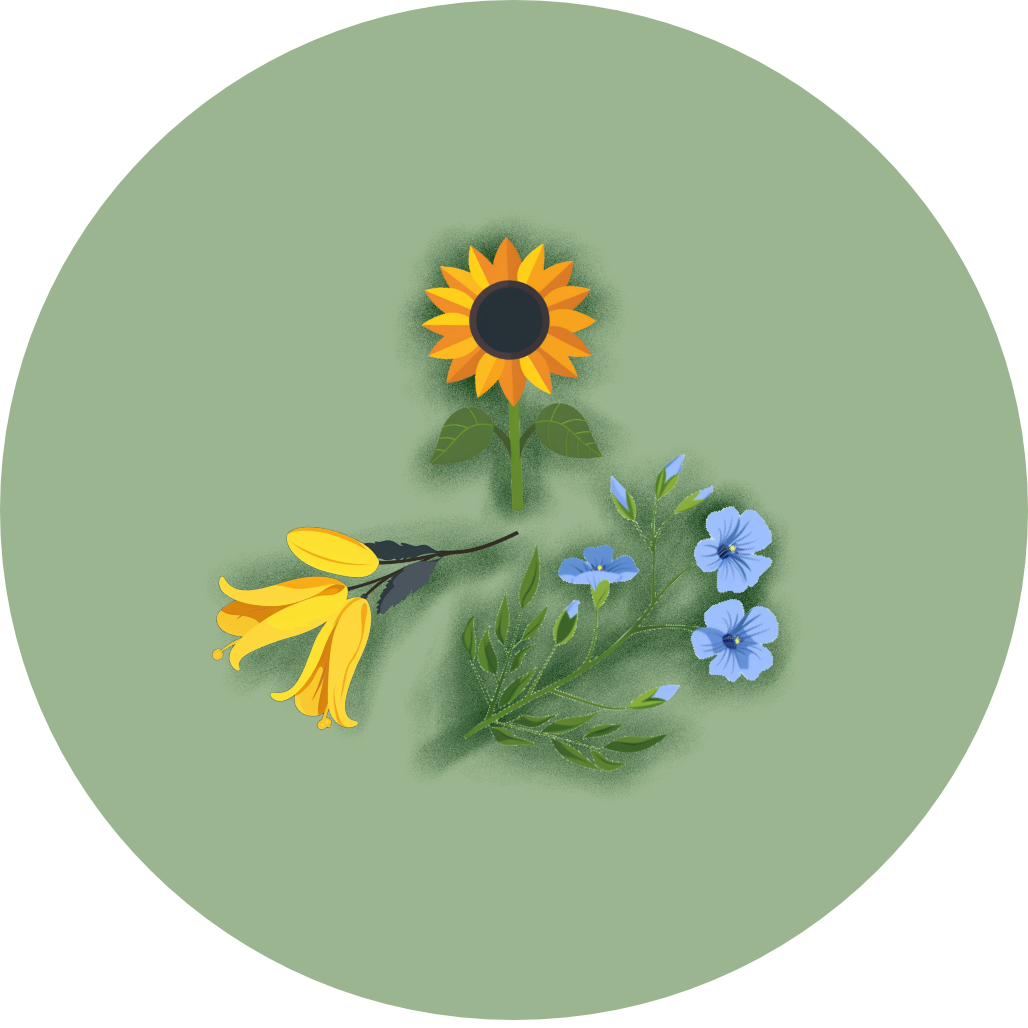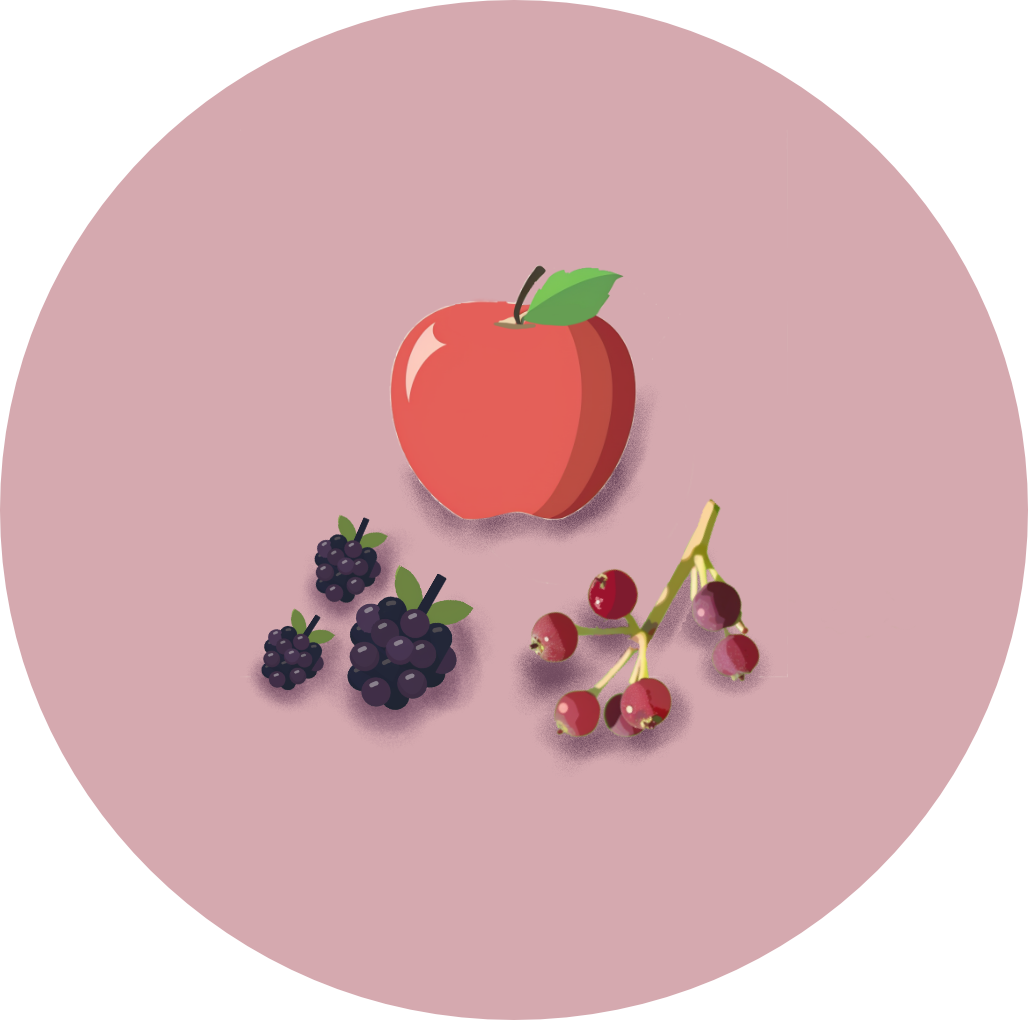
Common Myna
Acridotheres tristis
Also known as: Indian Myna, Common Mynah, Indian Mynah


Acridotheres tristis
Also known as: Indian Myna, Common Mynah, Indian Mynah

The common myna, introduced to New Zealand in the 1870s, is an adaptable bird. About the size of a starling, this brown-bodied bird with a glossy black head is a common sight in urban areas throughout the North Island, often seen strutting confidently on lawns and roadsides.
1. Glossy black head and neck contrasting with brown body.
2. Bright yellow beak, legs, and patch behind the eye.
3. Distinctive strutting walk and upright posture when on the ground.
Common mynas breed from November to February, nesting in tree cavities or building eaves. They're highly adaptable and territorial, often outcompeting native birds for nesting sites. While not considered a major threat in New Zealand, their aggressive behaviour can impact other bird species. Their ability to thrive in urban environments has contributed to their success.
Look for common mynas in urban and suburban areas across the North Island, particularly north of Marton and Waipukurau. They're often seen foraging on the ground in parks, gardens, and roadsides. Dawn and dusk are great times to spot them, as they gather in noisy groups to roost. Listen for their varied calls, which include croaks, squawks, and whistles. A helpful tip: check near rubbish bins or areas with food scraps, as they're opportunistic feeders.
24 cm
125 g







Coming Soon!
Top birding locations will be available in a future update.